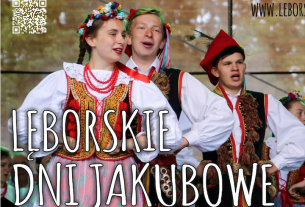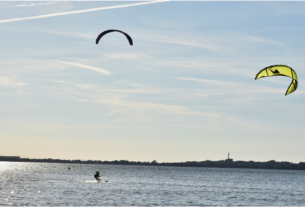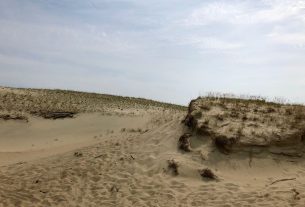LOCATION
The most important green areas of Szczecin include Jasne Błonia named Pope John Paul II. A wide green area, located north of the Szczecin Municipal Office building, limited by the streets of Michał Ogiński, Karol Szymanowski and Stanisław Moniuszko. From the north-west it passes into Kasprowicz Park.

photo source: wikimedia commons.
ATTRACTIONS
The vast green area was built in the years 1925-1927 on land belonging to the Quistorp family. On the sides of a wide lawn with ground-level flower arrangements in the middle, alleys with rows of maple plane trees have been designed. It is currently the largest concentration of this tree species in Poland, 213 of which grow here. In the streets of Szymanowski and Moniuszki, there are villas surrounded by gardens. The central element of Błonia is the monument of Pope John Paul II, and there is also a large fountain.
In 1907, Martin Quistorp handed over to the city the area of the present Jasne Błonia for free but provided that it was intended for recreational purposes.
Kasprowicz Park is the largest park in Szczecin and covers an area of 27.3 hectares.
The park has, among others:
– Lake Rusałka (Westend See) – an artificial lake created three centuries ago as a result of damming up the Osówka river stream.
– Summer Theater of Helena Majdaniec built in 1974-1976, which can accommodate about 5,000. people;
– Monument to the Destruction of Poles – three birds by the sculptor Gustaw Zemła unveiled on September 1, 1979;
– 232 species and varieties of trees and shrubs, including many species rarely found in Poland.




INFORMATION SOURCES (links)
Heritage Class: [ C ]Cultural Heritage
Subclass [WH] :Waterfronts and traditional harbor areas
WEB PAGES






